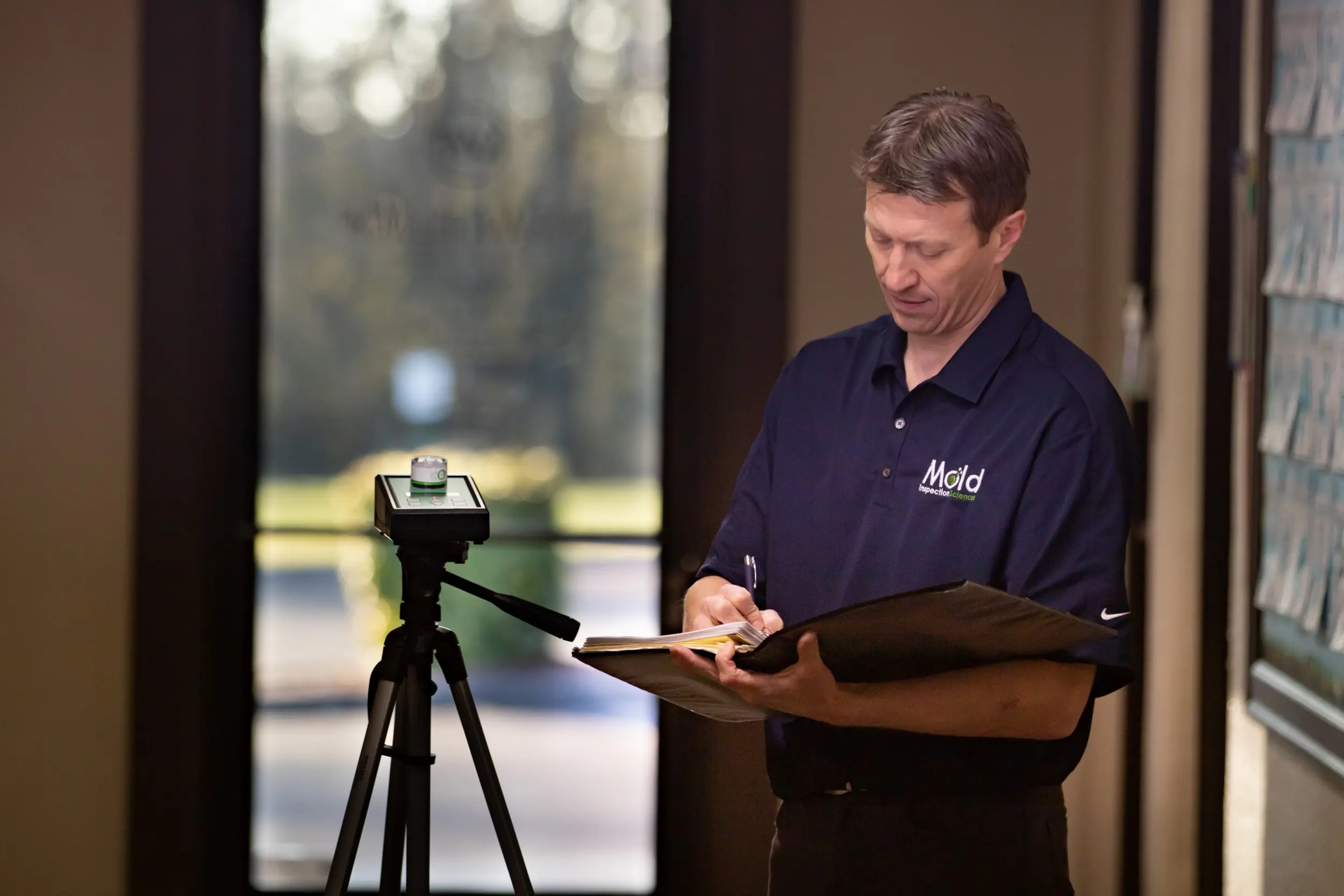Crafting a Comprehensive Post Mold Remediation Report
Wiki Article
Specialist Tips for Post Mold And Mildew Remediation Success
In the world of mold and mildew removal, effectively eliminating mold and mildew is just half the fight; the true challenge exists in stopping its reappearance. Post-remediation initiatives play a vital duty in ensuring a mold-free setting in the long term. By adhering to experienced tips and finest methods, people can safeguard their spaces against mold resurgence and preserve a healthy and balanced interior atmosphere. It remains in this stage of the removal procedure that focus to information and aggressive measures absolutely make a distinction.
Monitor Moisture Degrees Frequently
After finishing mold remediation treatments, maintaining ideal humidity degrees is vital to prevent mold re-growth and guarantee a healthy and balanced indoor setting. High humidity degrees above 60% create a favorable atmosphere for mold to flourish, making routine keeping an eye on a proactive action to prevent any type of future mold concerns.Additionally, establishing a routine schedule for moisture checks, specifically in high-risk areas such as washrooms, kitchen areas, and basements, is an aggressive method to mold and mildew prevention. By consistently checking humidity levels, residential or commercial property proprietors can efficiently minimize the threat of mold and mildew reoccurrence and maintain a healthy indoor environment post-remediation.
Conduct Thorough Inspections Post-Remediation
Complying with the completion of mold and mildew removal treatments, it is important to conduct thorough assessments to validate the effectiveness of the remediation procedure. These post-remediation inspections are vital in guaranteeing that the mold issue has actually been successfully dealt with and that there is no reoccurrence or continuing to be mold growth. Inspections must be accomplished by qualified experts that have proficiency in identifying mold and examining interior air quality.Throughout these evaluations, different techniques such as aesthetic evaluations, air tasting, and surface area tasting might be used to extensively evaluate the remediated locations. Aesthetic assessments involve an in-depth examination of the properties to look for any visible signs of mold development or water damage. Air sampling helps in establishing the airborne mold and mildew spore degrees, while surface tasting can find mold and mildew bits on surfaces.
Implement Proper Ventilation Techniques
After making certain the effectiveness of the mold and mildew removal procedure through thorough evaluations, the next critical action is to concentrate on executing correct air flow strategies. Sufficient air flow is essential in avoiding mold reoccurrence by regulating dampness levels and advertising air circulation. To achieve this, it is advised to utilize exhaust followers in locations susceptible to high humidity, such as kitchen areas and restrooms. Additionally, opening doors and windows when weather condition permits redirected here can help improve air movement and decrease moisture accumulation. Air cleansers and dehumidifiers are additionally important tools in keeping ideal interior air quality.
Correct air flow not just help in stopping mold and mildew development however also contributes to the general health and comfort of owners. By making certain ample ventilation throughout the residential property, you can minimize the threat of mold and mildew regrowth and create a healthier living atmosphere.

Usage Mold-Resistant Materials for Repair Works
To boost the long-term efficiency of mold and mildew removal efforts, incorporating mold-resistant materials for repair services is vital in mitigating the risk of future mold growth. Mold-resistant products are made to endure dampness and hinder mold growth, making them a crucial selection for locations prone to moisture and humidity. When fixing areas affected by mold and mildew, utilizing materials such as mold-resistant drywall, mold-resistant paints, and mold-resistant caulking can assist avoid mold and mildew recurrence.Mold-resistant drywall is an excellent option to typical drywall in locations like restrooms and cellars where moisture degrees are greater. When subjected to damp problems, this kind of drywall has an unique finish that withstands mold and mildew growth even. In addition, using mold-resistant paints having antimicrobial representatives can further prevent mold growth on wall surfaces and ceilings.
In locations where moisture prevails, such as washrooms and kitchen areas, utilizing mold-resistant caulking around sinks, windows, and tubs can help seal out water and stop mold from holding in cracks and gaps. By buying these mold-resistant materials throughout repair work post-remediation, you can dramatically decrease the possibility of future mold and mildew concerns and keep a healthier indoor environment.
Maintain Sanitation and Address Water Issues
After mold removal, it is crucial to maintain a tidy setting to prevent the regrowth of mold and mildew. Leaks, water invasion, or high moisture levels can create the ideal breeding ground for mold and mildew, so it is necessary click for info to fix any water-related issues immediately.To maintain cleanliness, think about using HEPA filters in vacuum cleaners and air cleansers to catch mold and mildew spores and stop their circulation in the air. Additionally, guaranteeing appropriate air flow in areas prone to moisture build-up, such as shower rooms and cooking areas, can assist maintain moisture levels in check. By remaining attentive about tidiness and dealing with water issues promptly, you can efficiently stop mold and mildew reinfestation and maintain a healthy and balanced indoor atmosphere.
Verdict

In the realm of mold removal, efficiently eliminating mold is only half the battle; the true obstacle lies in stopping its reappearance. After finishing mold remediation procedures, maintaining optimum moisture levels is essential to protect against mold and mildew re-growth and make sure a healthy indoor atmosphere. High moisture degrees over 60% develop a conducive environment for mold to prosper, making regular checking an aggressive action to avoid any kind of future mold and mildew concerns.
To boost the long-term performance of mold and mildew removal initiatives, integrating mold-resistant products for fixings is essential in reducing the danger of future mold and mildew development. After mold and mildew remediation, it is important to maintain a clean setting to protect against the regrowth of mold and mildew.
Report this wiki page